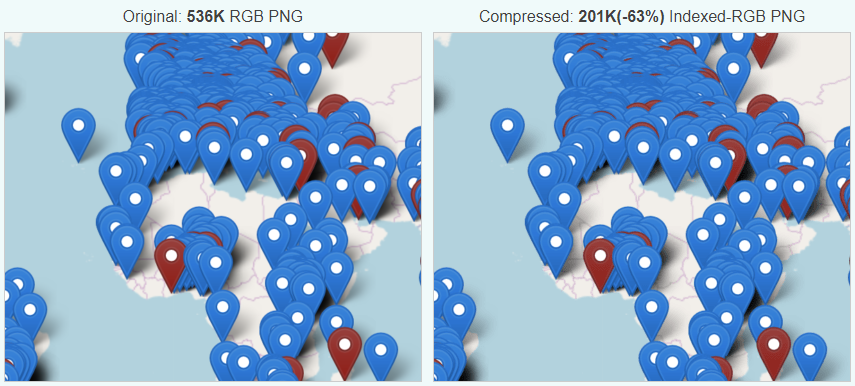Ironically, the web page promoting the “Digital Climate Strike” is among the dirtiest on the Internet, based on the CO2 footprint of visiting it.

Going to that page results in about 14 Mb of data being transmitted from their server to your device (which you’ll pay for if you’re on a metered connection). For comparison, reading my recent post about pronouns results in about 356 Kb of data. In other words, their page is forty times more bandwidth-consuming, despite the fact that my page has about four times the word count. The page you’re reading right now, thanks to its images, weighs in at about 650 Kb: you could still download it more than twenty times while you were waiting for theirs.

Worse still, the most-heavyweight of the content they deliver is stuff that’s arguably strictly optional and doesn’t add to the message:
- Eight different font files are served from three different domains (the fonts alone consume about 140 Kb) – seven more are queued but not used.
- Among the biggest JavaScript files they serve is that of Hotjar analytics: I understand the importance of measuring your impact, but making your visitors – and the planet – pay for it is a little ironic.
- The biggest JavaScript file seems to be for Mapbox, which as far as I can see is never actually used: that map on the page is a static image which, incidentally, I was able to reduce from 0.5 Mb to 0.2 Mb just by running it through a free online image compressor.

And because the site sets virtually no caching headers, even if you’ve visited the website before you’re likely to have to download the whole thing again. Every single time.
It’s not just about bandwidth: all of those fonts, that JavaScript, their 60 Kb of CSS (this page sent you 13 Kb) all has to be parsed and interpreted by your device. If you’re on a mobile device or a laptop, that means you’re burning through lithium (a non-renewable resource whose extraction and disposal is highly polluting) and
regardless of your device you’re using you’re using more electricity to visit their site than you need to. Coding antipatterns like document.write() and active event
listeners that execute every time you scroll the page keep your processor working hard, turning electricity into waste heat. It took me over 12 seconds on a high-end smartphone and a
good 4G connection to load this page to the point of usability. That’s 12 seconds of a bright screen, a processor running full tilt,a data connection working its hardest, and a
battery ticking away. And I assume I’m not the only person visiting the website today.
This isn’t really about this particular website, of course (and I certainly don’t want to discourage anybody from the important cause of saving the planet!). It’s about the bigger picture: there’s a widespread and long-standing trend in web development towards bigger, heavier, more power-hungry websites, built on top of heavyweight frameworks that push the hard work onto the user’s device and which favour developer happiness over user experience. This is pretty terrible: it makes the Web slow, and brittle, and it increases the digital divide as people on slower connections and older devices get left behind.
(Bonus reading: luckily there’s a counterculture of lean web developers…)
But this trend is also bad for the environment, and when your website exists to try to save it, that’s more than a little bit sad.